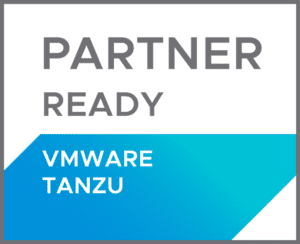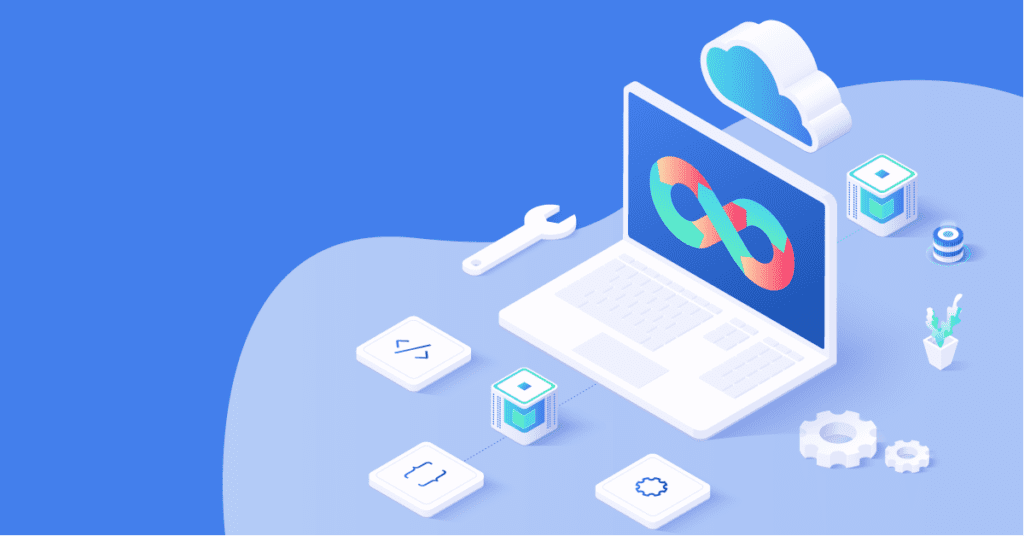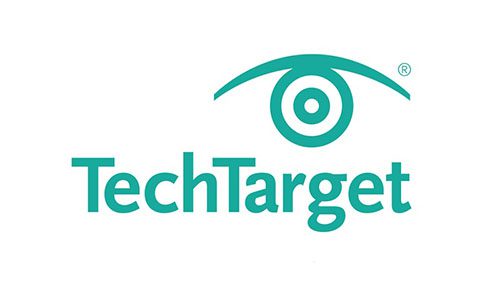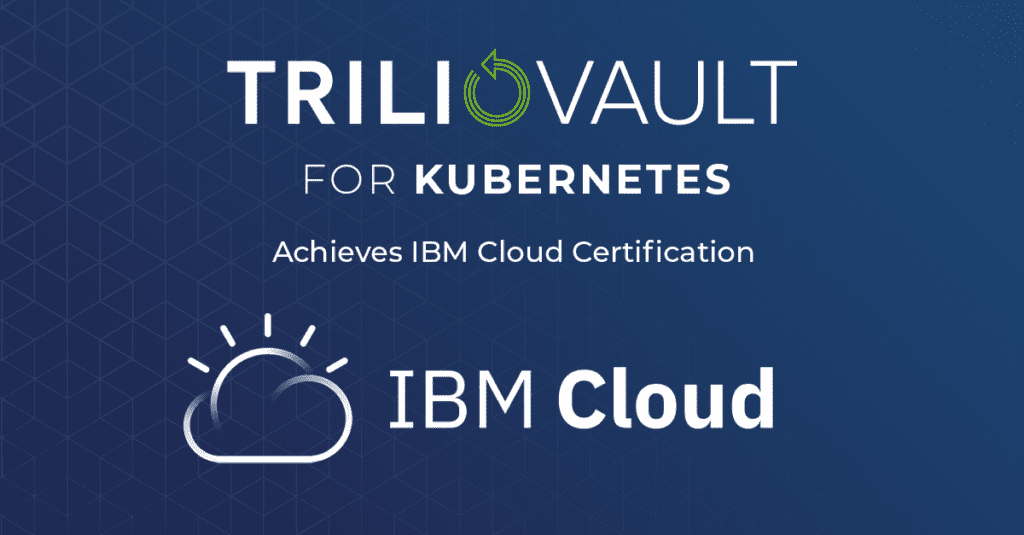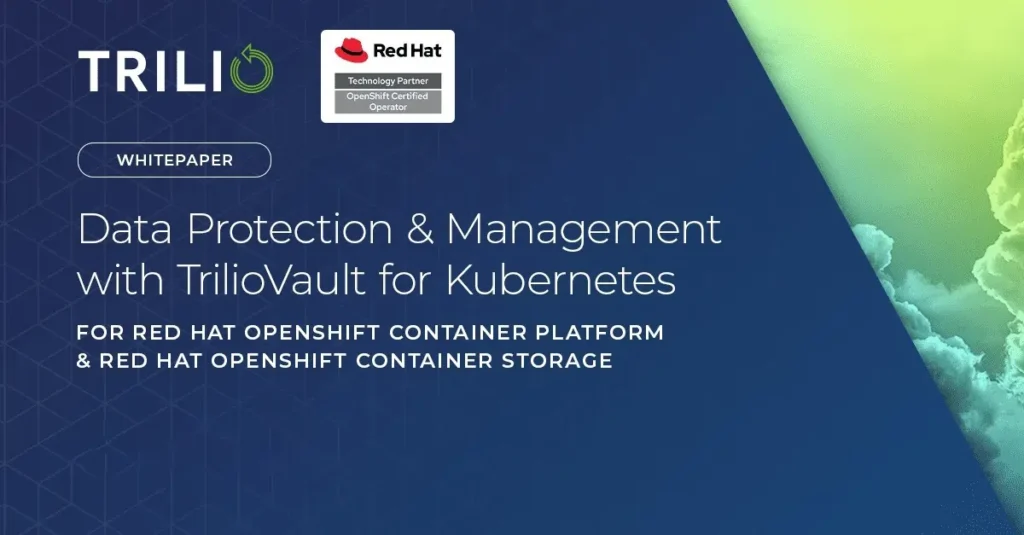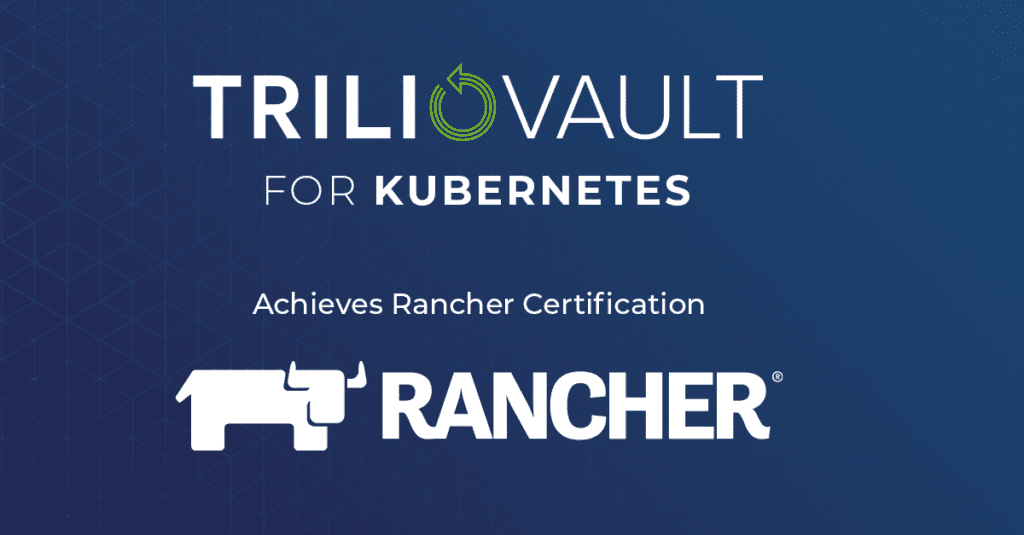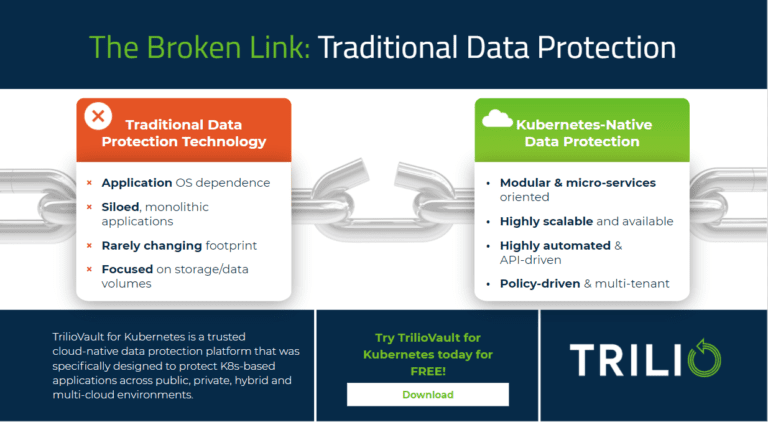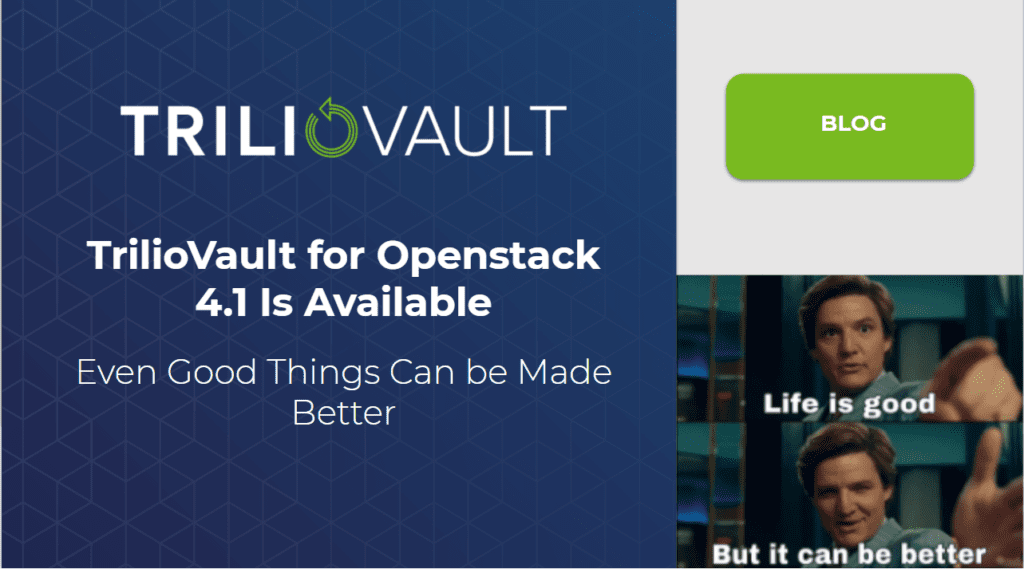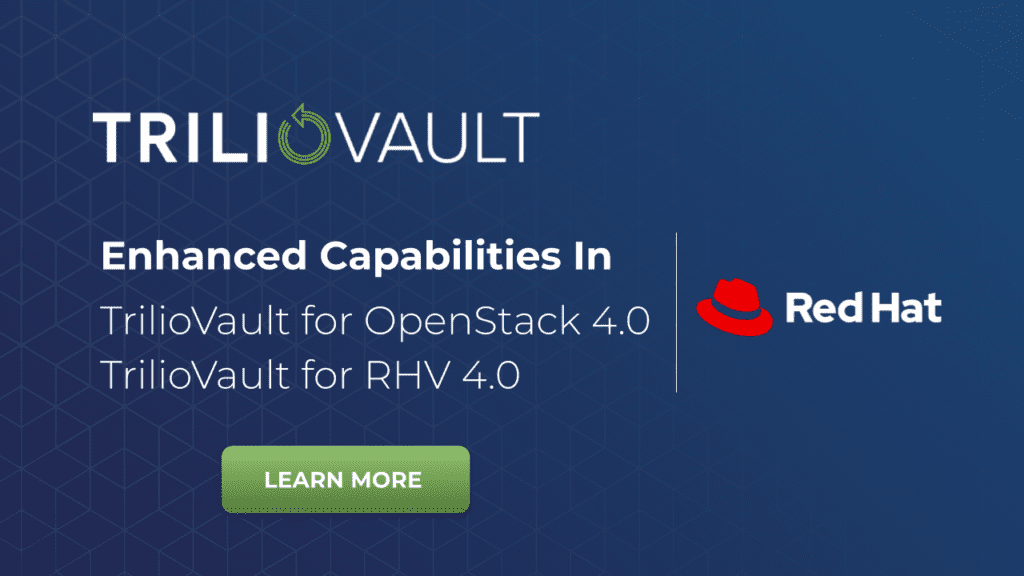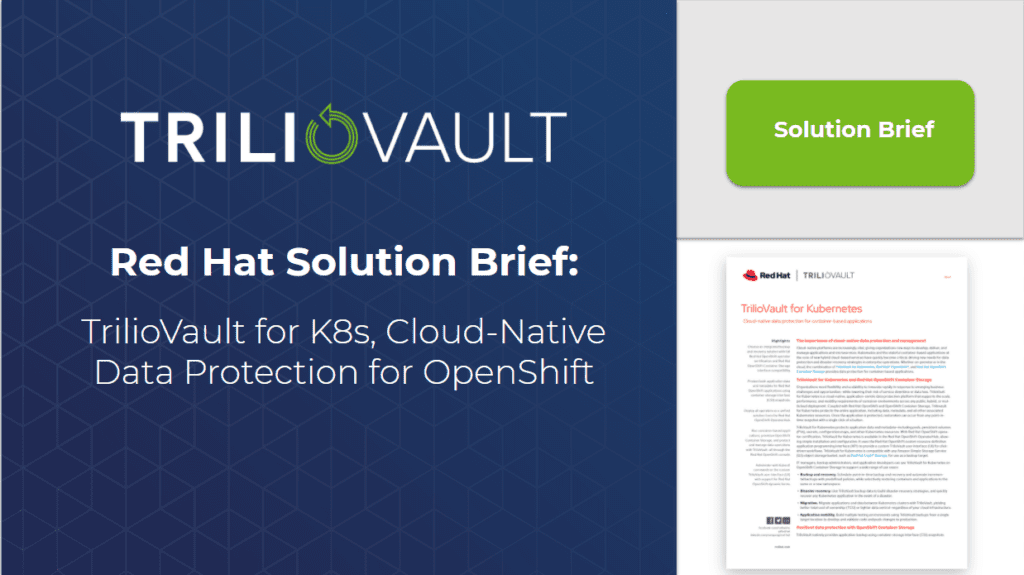Trilio for Kubernetes Validated as Partner Ready for VMware Tanzu | Trilio
Trilio for Kubernetes Validated as Partner Ready for VMware Tanzu Trilio Provides Enterprise-Class Data Protection Capabilities for Customers using VMware Tanzu Grid (TKG) Trilio for Kubernetes is now validated to provide application-level backup and recovery for VMware Tanzu Kubernetes Grid (TKG) environments. With this validated solution, TKG users can fully restore entire applications running on […]
Trilio for Kubernetes Validated as Partner Ready for VMware Tanzu | Trilio Read More »
